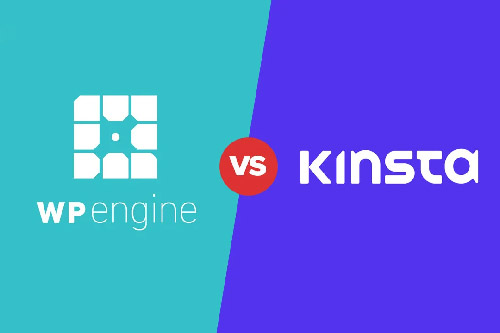Client-Side Scripting: Enhancing User Experience on the Web
Understanding Client-Side Scripting
Websites are no longer static pages of information. Users expect dynamic and interactive experiences, and that's where client-side scripting comes into play. This article delves into the world of client-side scripting, exploring its significance, benefits, and popular languages used.
What is Client-Side Scripting?
Client-side scripting refers to the execution of code within a user's web browser, as opposed to on the web server. When you visit a website, your browser downloads and runs this code, enabling dynamic content updates, form validation, animations, and more, all without requiring constant communication with the server.
How it Works:
- Request: You request a webpage in your browser.
- Response: The server sends the HTML, CSS, and JavaScript files to your browser.
- Execution: Your browser parses these files and executes the client-side scripts, making the webpage interactive.
Benefits of Client-Side Scripting:
- Enhanced User Experience: Interactive elements, animations, and real-time updates create engaging and user-friendly websites.
- Reduced Server Load: Processing happens on the client-side, freeing up server resources and improving website performance.
- Faster Response Times: Actions happen instantly without waiting for server round trips, making interactions seamless.
- Dynamic Content: Content can be updated dynamically based on user interactions or other events.
Popular Client-Side Scripting Languages:
- JavaScript: The most widely used language for client-side scripting, known for its versatility and vast libraries.
- HTML5: Provides native support for multimedia elements and interactive features without relying heavily on plugins.
- CSS3: While primarily for styling, CSS3 offers animations and transitions that contribute to the interactive experience.
Examples of Client-Side Scripting in Action:
- Form Validation: Ensuring users enter valid data before submitting forms.
- Image Sliders and Carousels: Creating visually appealing ways to display multiple images.
- Interactive Maps: Providing users with interactive maps to explore locations.
- Real-time Chat Applications: Enabling instant communication between users.
Client-side scripting is essential for creating modern, dynamic, and user-friendly websites. By leveraging languages like JavaScript, developers can deliver engaging experiences that keep users coming back for more.
















